Living and Learning – I know the importance of a balanced diet.
Year 4 have been discussing how we can make sensible choices that help our bodies stay healthy.
One way we can help our bodies stay healthy is having a balanced diet. This means eating a wide variety of foods in the right proportions.
We discussed our own diets and whether they are balanced or not. Here are some questions for you to discuss with your child at home:
Have we eaten five portions of fruit and vegetables today?
Have we eaten enough protein today from meat or other sources?
Here’s a guide to the amounts of food we should be having:

Help at home: Can you plan your next meal using these proportions to help you?
Y6 met Martin Brown!
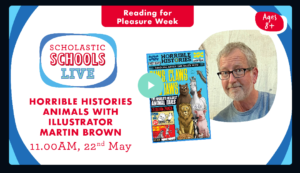
Horrible Histories illustrator Martin Brown joined us LIVE! He talked to us about his job and his new book: Paws, Claws and Jaws.
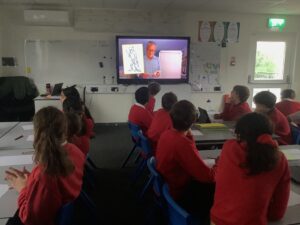
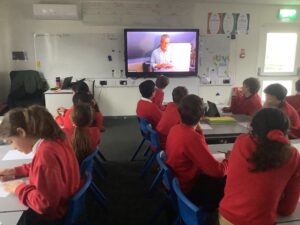
“Anyone can draw!” said Evie. Martin was really keen to emphasise this!
The above point clearly shown by Miss Wilson’s sketches below!
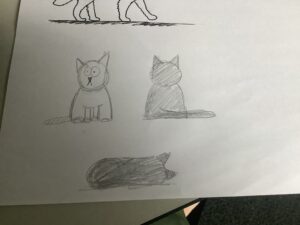
Not only did we do a draw along with him…
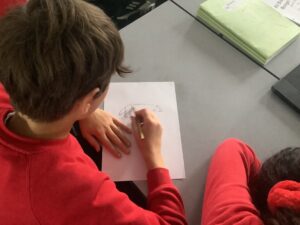

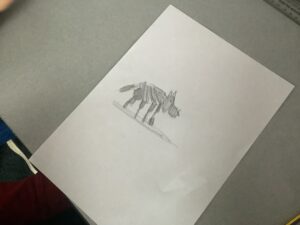
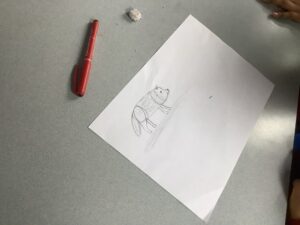
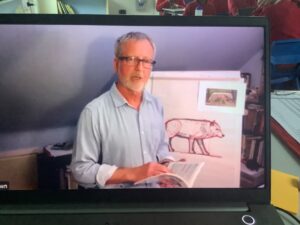
…but he had some important messages about animals and our need to care for and respect them.
This linked really well to our Geography learning. Help at home by asking what’s the link with the paragraph above and what we’ve been learning about deforestation?
Triathlon
This week, thirty of our Key Stage 2 pupils took part in the Brownlee Foundation Mini Triathlon event at John Smeaton. This is always a great event and it introduces the children to the elements of triathlon – a swim, a bike ride and a run.
Well done to all the children for taking part.
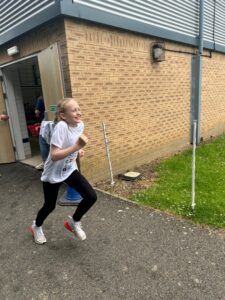
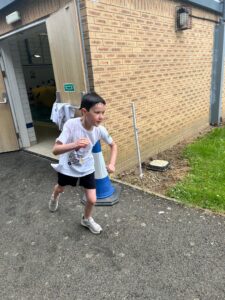
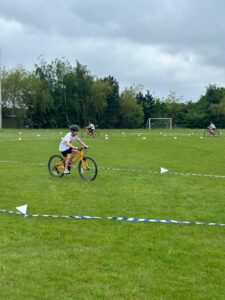
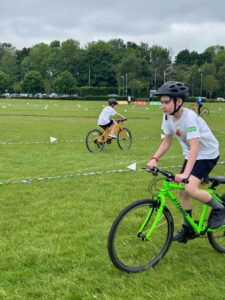
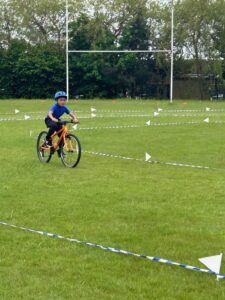
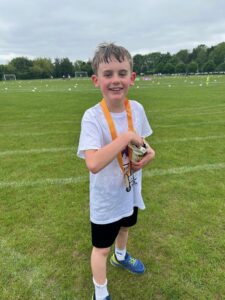
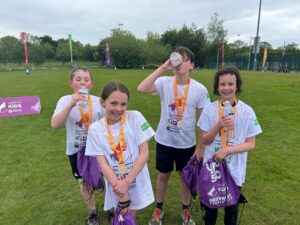
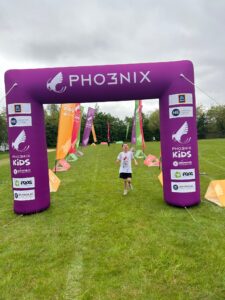
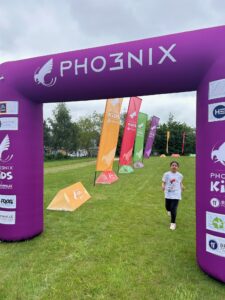
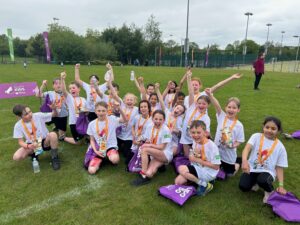
If your child is interested in triathlons, please see more details in our physical activity guide or have a look at this bike and run offer at the Brownlee Centre.
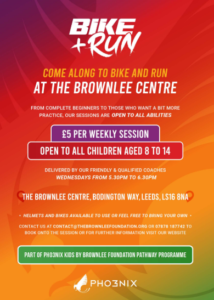
Editing our writing
Over the last two weeks, Y6 have undertaken their own writing project!
They chose everything about the writing: the content, purpose and audience – even the planning style!
Today, we edited in pairs. We read each other’s writing with a specific focus in mind. Swapping around the room, we teamed up with lots of different people to find and fix errors.
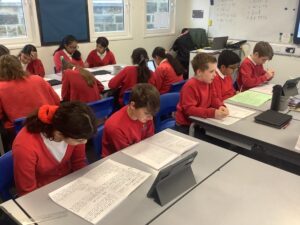
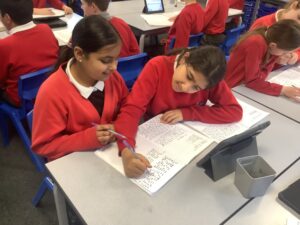
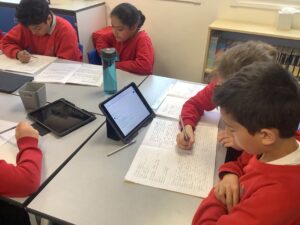
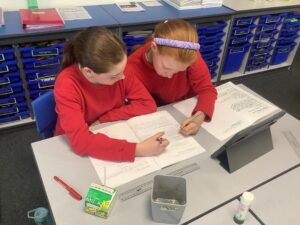
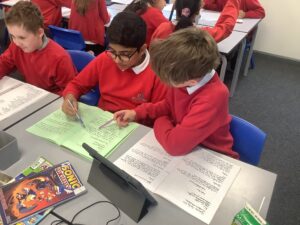
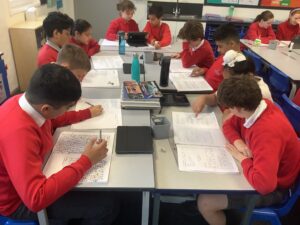
Our individual projects have created some beautifully unique and extremely well thought out writing, from poems, to reports about the French Revolution, to recounts about famous football matches.
Have a read of some of them below!
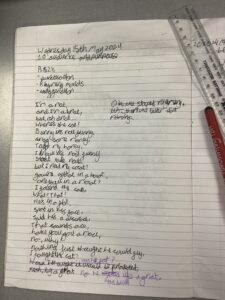
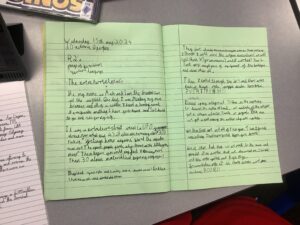
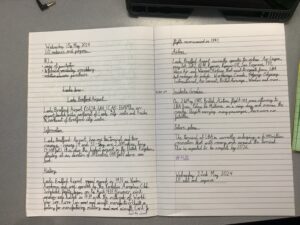
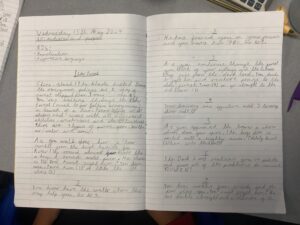
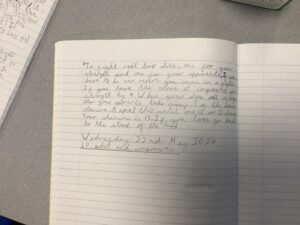
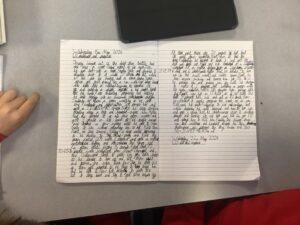
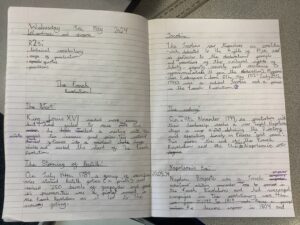
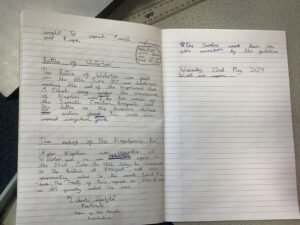
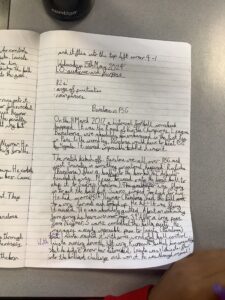

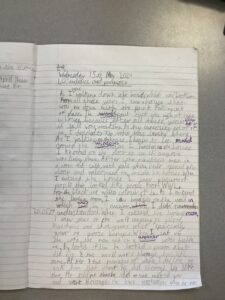
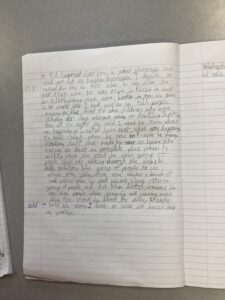
Help at home by having a go at writing several paragraphs about something really creative – but still be mindful of spelling and must dos!
Living and Learning – I know that being physically active is healthy mentally and physically.
Over the last couple of weeks, Year 3 have been discussing how to stay healthy mentally and physically.
Physical activity helps to:
- strength our muscles
- develops our coordination
- improves our fitness
- maintain a healthy weight
We discussed our day to day lives to work out if we are being active enough. These are some opportunities we have to be active; walking to and from school, Wake Up Shake Up, PE, swimming, clubs, playtimes.
Help at home: Have a look at Uma’s day. How could she be more active? Have a look at your own day. How can you be more active?
Physical activity helps to keep our minds healthy too. Being active releases chemicals in your brain that make you feel good – boosting your self-esteem and helping you concentrate as well as sleep well and feel better.
Science – sunflower update!
Hello,
Does the amount of seeds in one plant pot affect the growth of the plants?
Lots of us predicted that the plant pot with 1 seed would grow quicker and taller than the others because it has more space to grow in the soil and doesn’t have to share its nutrients and water with other seeds!
However…

At the moment, our plant pots with 8 seeds is growing quicker and taller than any of the others with the tallest being 8cm.
Help at home: Can you think of a reason why this could be happening?
Reading: Y5 met Liz Pichon AGAIN!
Once again, we had a surprise video call from author Liz Pichon – who writes the Tom Gates novels.
Liz talked about where she gets inspiration for her stories and how she plans out the novels before writing. She talked us through how she draws the doodles in her stories and we also had a go – what do you think of our front covers?
Finally, she talked about her book: the book of everything! This book has pages that YOU can write and draw on. It is full of funny characters, hilarious stories and fabulous doodles.





















Living and Learning: Physical health and fitness
Over the past two weeks, Year 5 have been discussing physical heath and fitness. We looked at the ‘5 ways to wellbeing’.

The children discussed how they were already looking after their wellbeing for each category and then set a target for how they could improve. Some children suggested:
- more exercise
- helping with cooking a healthy dinner
- talking to friends outside of school
- joining a new club
- playing games with family
In our last lesson, we looked at how to keep a balanced lifestyle. We talked about what a balanced lifestyle might look like.

The children identified how different fictional character led a balanced lifestyle and then shared how they themselves kept a balanced lifestyle.
Help at home: Discuss their targets for each category in the ‘5 ways to wellbeing’.
Food Technology: Tomato Sauce
On Friday, Year 5 made a tomato sauce base for pasta.
We worked in small groups to prepare the ingredients and then cook them. We made sure that we washed our hands and wore our aprons for hygiene reasons.
We used the bridge cutting method and the claw cutting method to cut up our vegetables. These methods are the safest way to cut food as they help us from hurting ourselves!
We cooked some pasta alongside our sauce so we could try it!
The recipe for this was sent home with your child today, if they wish to make it at home too.



















Living and Learning: health, fitness and mental wellbeing
In our Living and Learning lessons over the last two weeks, we’ve been looking at the importance of wellbeing, including with physical and mental health.
It’s a good idea to dedicate some time in your day towards taking a small break to be present in your surroundings. We discussed some key tips for being aware of life going on around you:
- getting a plant for your home
- taking notice of sights and
sounds outdoors - switching off technology, such
as your mobile phone - taking notice of how your friends
or family are feeling or acting
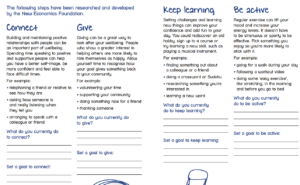
Help at home by discussing the answers to the above questions that we looked at in class. It’s a great idea to have small goals and keep returning to them and checking in with each other.
